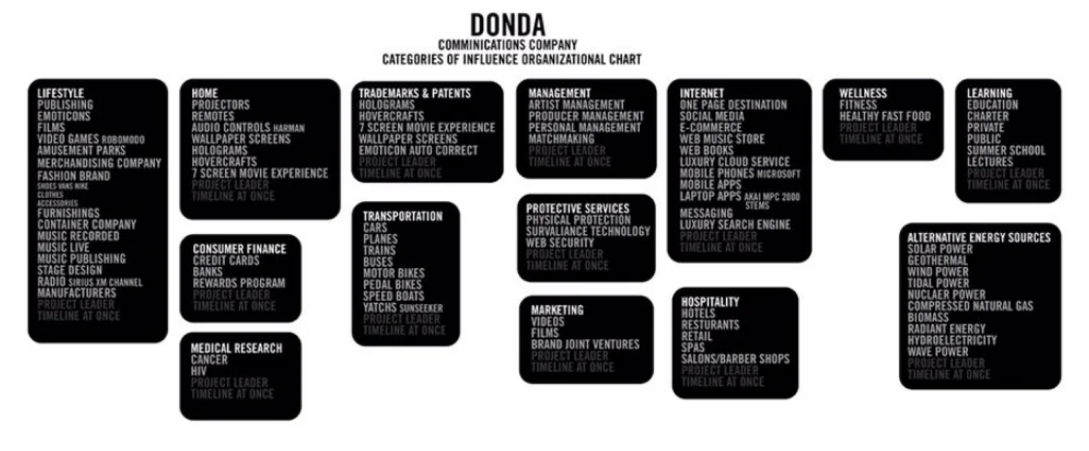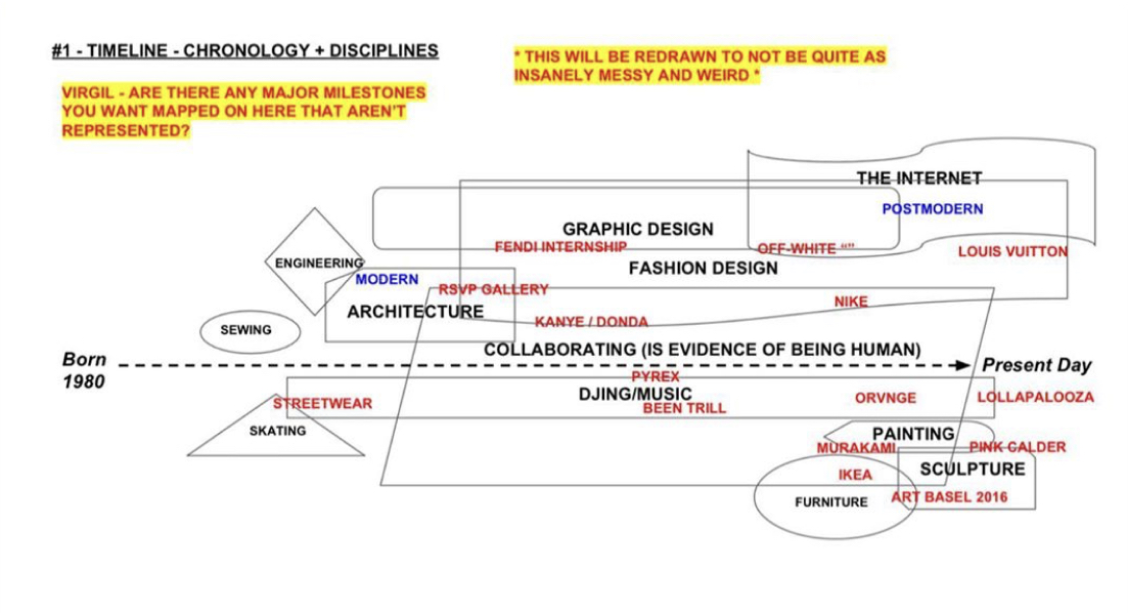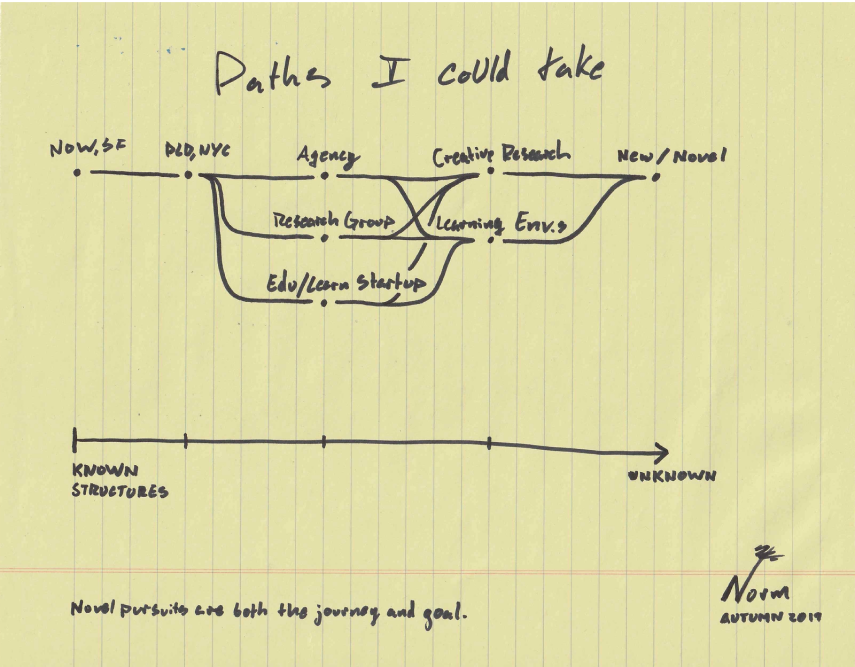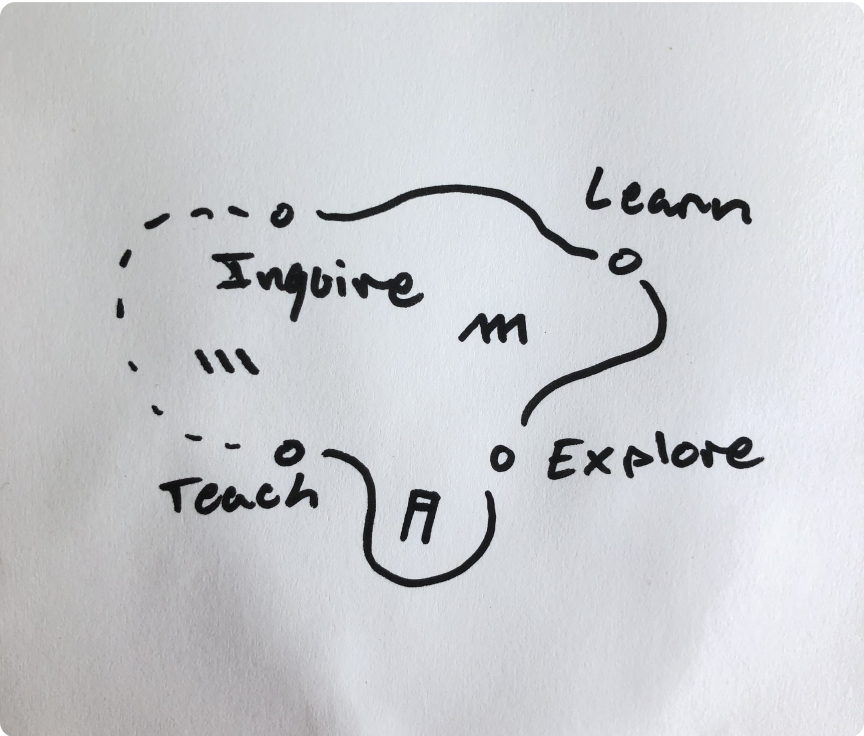How we build careers
Most of society builds careers for their worklife. By the time someone “enters the real world” they need to have chosen a lane, or industry, to pursue.
Once accepted into a lane through credentials like degrees or past experience, they’re given the opportunity to climb a ladder. The rungs of a career ladder are pre-defined roles. Someone has decided that these roles will both help the individual grow and provide value to a business.
We call this way of working the The Career Model. It’s based around career as a noun, meaning an occupation undertaken for a significant period with opportunities for progress.
This model works for those that get enough benefit from fitting into pre-defined roles. Problems start to arise when:
- an individual finds out that their chosen lane isn’t for them
- an individual starts to discover new roles or lanes
How we career
Switching lanes to build a new career is daunting. The options an individual has are often costly or hard to find. They can:
- go back to school to “continue their education” (as if it had been halted!)
- find an organization that will pay them to learn and explore a new role
- start their own organization that provides a home for a nascent lane or role
When individuals “change careers” or “build a new career” they’re careering! They’re swerving to another lane, jumping over the high credential barrier to do so. This introduces the The Careering Model of working. Its based on the verb of career, meaning to move swiftly and in an uncontrolled manner in a specified direction.
When careering, it’s hard to know where you’re going to land. It takes courage to leap into the unknown. And so far we’ve just talked about switching from one lane to another, imagine trying to swerve between five lanes! Or how about swerving to a lane that doesn’t exist yet?
How easy it is to swerve, or career, is based on the environments we learn in. What barriers do they create that make it hard to discover new lanes and roles?
Our learning environments
There’s three main learning environments that influence how we career; Home, School, and Work.
At Home, growth begins as those around you may have ideas on what you could go into, what you could study, and what hobbies to try.
In School, lanes start to form in the shape of classes, departments, and degrees. Early Schools, like kindergarten and highschool, are careering friendly as they don’t require credentials to explore different topics. Later Schools, like universities, are more built to help you build a single career. Unless you have access to a build-your-own-major type of opportunity, you’ll be jumping through hoops to swerve into classes outside your chosen major.
At Work, we get lived experiences of what it means to play a certain role. Similar to Early Schools, Smaller Workplaces are careering friendly as role definitions are often ambiguous and ever-shifting as the needs of the business evolve. When Larger Workplaces start to want some sense of certainty they build up structures of accountability like teams and middle managers.
The crucial question for us to ask in all of these environments is:
Who gets to decide what we think about?
Is it you? Your manager or boss? Parents, teacher, government? There’s a web of influence that decides what we think about. As a society we fund what we value, so how much do we value the exploration of new ways of working?
In order to career, our Homes, Schools, and Workplaces need to support the discovery of lanes and roles that have yet to prove value. So how might they? And what can we do as individuals to move towards a new way of working?



